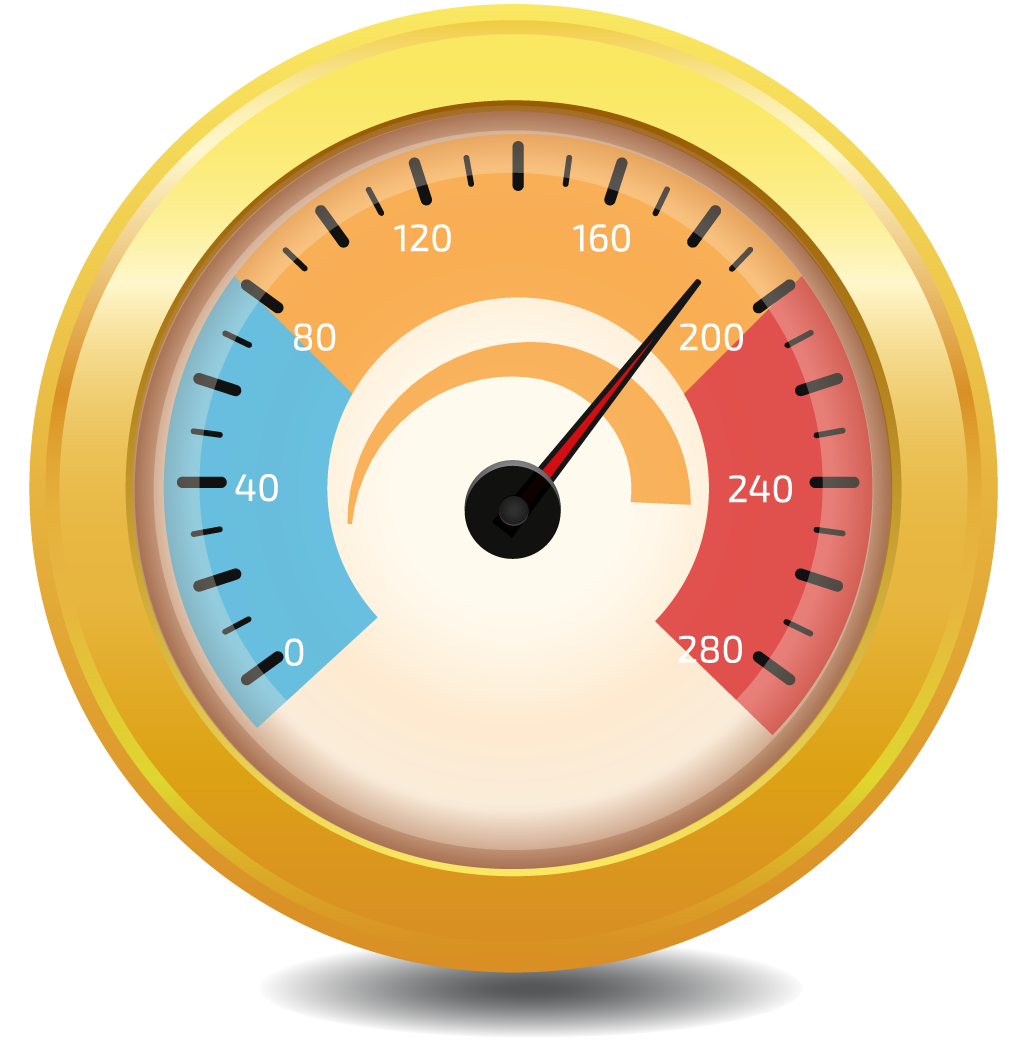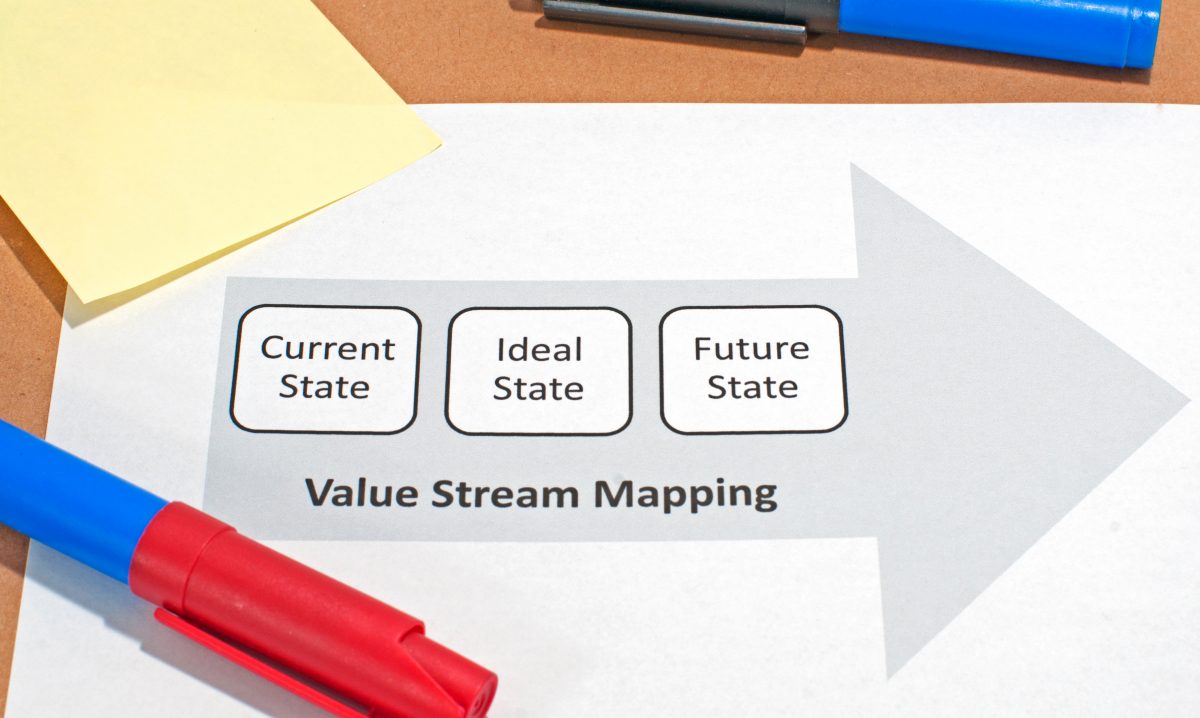In business the pressure to improve performance is constant and unrelenting. Customers want newer better products and services at lower prices. Competitors want to take customers from each other. Investors want the best return on their money with the lowest risk. Even suppliers want customers who are easy to do business with and recognize value. And in a global economy competition is fiercer than ever and increasing every day. Everybody reacts to pressure differently, and everyone seems to have a unique pressure level at which they perform optimally. Studies show that when pressure to perform becomes overwhelming, dysfunctional behavior is a result. Yet, when there is no pressure to perform, people do not give their best effort. Since no one wears a pressure gage on their chest how does a manager find the right balance? I believe that by practicing active two-way communication while maintaining a consistent value-based culture, managers and their employees are most likely to find the right balance. Continuous improvement is a competitive imperative. When we are not improving, we are falling behind. Accountability means that at every level of the organization we accept responsibility for doing our part to drive improvement. We must have good two-way accountability. Managers must be accountable to their employees for the tools, resources and capabilities required to succeed in their job, while employees must make effective use of the resources they have to deliver quality product on a timely basis. A value-based culture creates an atmosphere where everyone feels safe on a physical, personal, and professional level. Safety is a requirement for good morale.Active two-way communication is also a key to ensuring everyone is aligned on what needs to be done and why. If we are constrained in meeting our targets, communication is essential to proactively identifying bottlenecks and developing contingencies. Communication is key in turning problems into solutions. Communication is a key to providing positive reinforcement, which is a much more effective long-term motivator than negative reinforcement.




